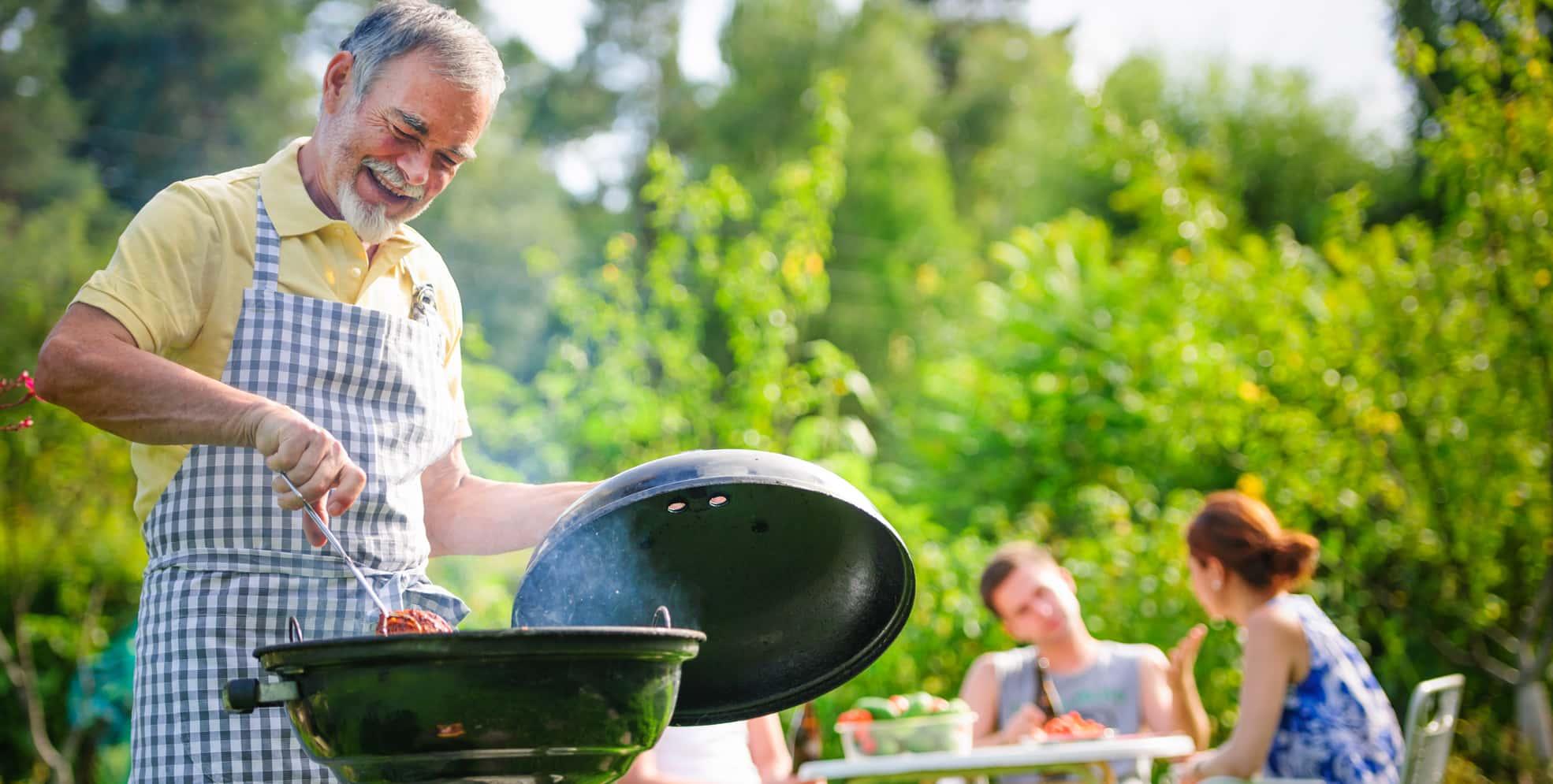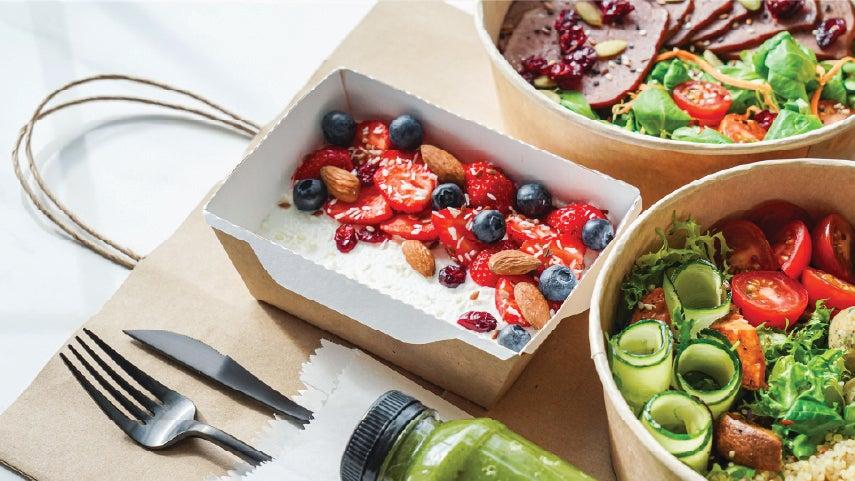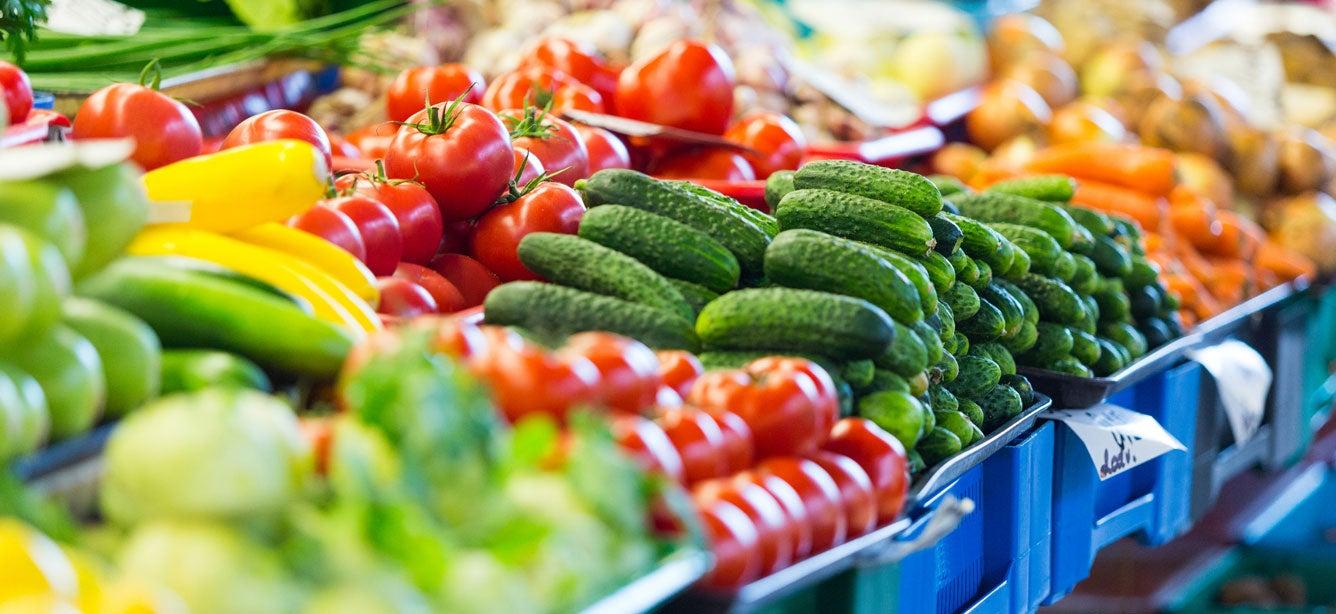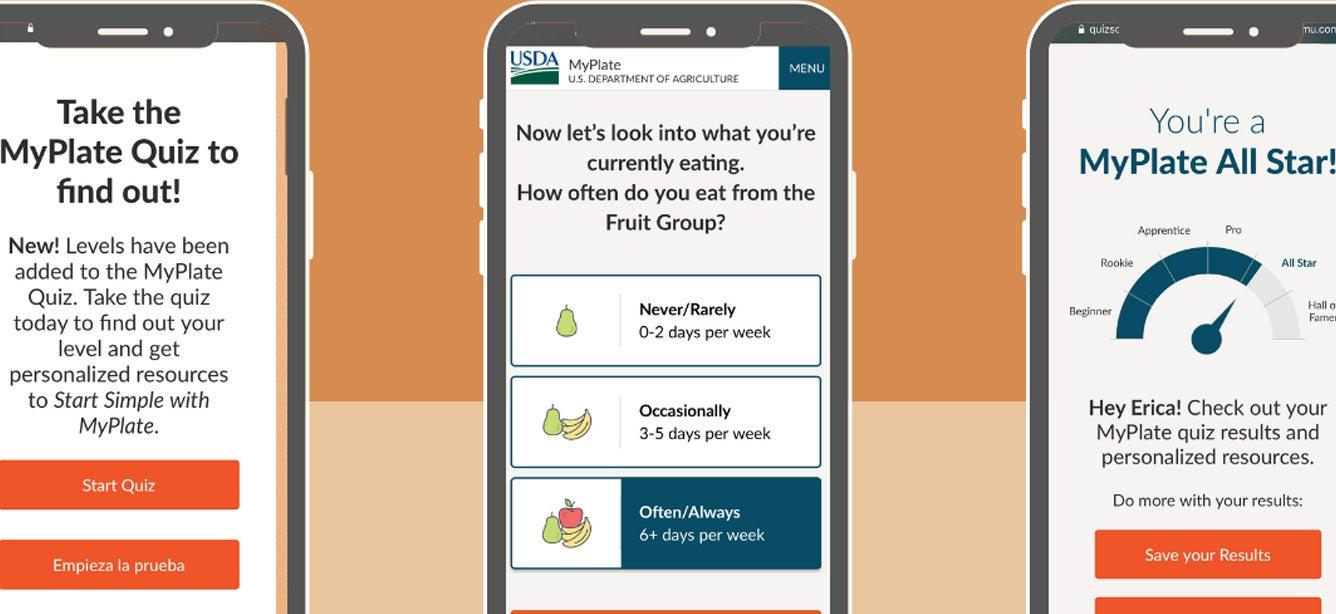
Related Topics
From socializing with friends and chasing grandkids to enjoying fresh, nutritious food from your local grocery store or farmer’s market, summer cookouts can be lots of fun. They’re also a great way to stay healthy and active as we age.
To ensure your cookouts are both enjoyable and safe this season, here are a few tips from the U.S. Department of Agriculture (USDA).
What helps make a cookout healthy?
A cookout doesn’t have to focus on unhealthy, high-calorie foods. You can kick up the nutrition without missing out on the grilling action by:
- Grilling fruits and veggies: Toss some tomatoes, pineapple, or even a full ear of corn right on the grill. The heat will enhance the flavors, but be careful not to overcook them.
- Choosing the right meat: Lean proteins, like skinless poultry and pork chops, are better for you and easier to grill. Meats high in fat can lead to flare-ups as the fat drips on the flames.
- Skewering the meat: Making a kabob is an easy way to cut down on cooking time, control serving sizes, and make your grandkids at least try their veggies.
- Cranking up the flavors: If the smoky taste of grilled meat isn’t enough for you, try a marinade for extra pizzazz.
- Some favorite marinade ingredients include wines, vinegars, lemon or lime juice, low-sodium soy sauce, honey, garlic, onions, herbs, and spices.
- Remember that less is more if it’s a high-sugar or high-fat sauce.
- If a marinade has had uncooked meat in it, do not use it as a sauce.
4 steps to a healthy and safe cookout
It’s always best to keep a clean cooking space, but that can be a little harder when you're cooking outside. To reduce the chance of illness, be sure to:
- Clean everything before using: Sanitize your hands and grilling utensils before grilling. You’ll also want to wash all produce thoroughly, such as corn on the cob and those potatoes you plan to use for salad (yes, potato skins need to be cleaned even if you plan to peel them).
- Separate raw and cooked foods: Keep raw and cooked foods separate, and use different cutting boards and plates for produce, meat, poultry, and eggs. Don’t cut your watermelon on the same surface you used to slice the chicken for your skewers. Even if you’ve washed the cutting board or bowl by hand, it’s always best not to re-use it until it’s been through the dishwasher.
- Cook foods thoroughly: Even if you think you can tell if your burgers or hot dogs are done by texture and color alone, you should still use a meat thermometer. This helps to ensure your food has reached the recommended temperature (see chart below).
- Chill leftovers immediately: Illness-causing bacteria start forming on perishable foods within just two hours. On a hot summer day when it’s 90˚F or warmer, cut that time in half! Get those leftovers in the refrigerator—or throw them in a cooler of ice if out at the park—quickly.
How to grill like a PRO
If you’re not using a thermometer because you’re not sure of the best way to test the meat that you're cooking, here are a few simple "PRO" steps you can take:
- P—Place the thermometer in the thickest part of the meat.
- R—Read the temperature.
- 145° F (with a 3-minute rest time): Beef, pork, lamb, and veal (steaks, roasts, and chops)
- 160° F: Ground meats
- 165° F: Whole poultry, poultry breasts, and ground poultry
- O—Off the Grill.
Download our 'PRO' graphic to learn more, including waiting about 10-20 seconds for the temperature to be accurately displayed from your thermometer. To learn more about food safety and how to keep yourself and those you care about safe, visit FoodSafety.gov. You can also call the USDA Meat and Poultry Hotline at 1-888-MPHotline (1-888-674-6854).
Stock up for your cookouts with SNAP
Whether you’re grilling for two or your entire extended family, the Supplemental Nutrition Assistance Program (SNAP) can make that trip to the grocery store more affordable.
What is SNAP? It’s a federal program that helps households with low income buy food. The average monthly SNAP benefit for a one-person older adult household is $188 per month, which translates into $2,256 per year.1 If you’re approved for benefits, you’ll get an electronic benefits transfer (EBT) card you can use at most supermarkets to pay for groceries.
It’s worth finding out if you can get SNAP; many older adults are surprised to learn they qualify. NCOA offers an online tool that can tell you more about SNAP eligibility. Go to BenefitsCheckUp and enter your ZIP code. If you qualify for SNAP, we’ll give you all the information you need to apply and even connect you with someone who can help you with the application process.
Source
1. USDA. Characteristics of Supplemental Nutrition Assistance Program Households: Fiscal Year 2023. April 2025. Found on the internet at https://fns-prod.azureedge.us/sites/default/files/resource-files/snap-FY23-Characteristics-Report.pdf




